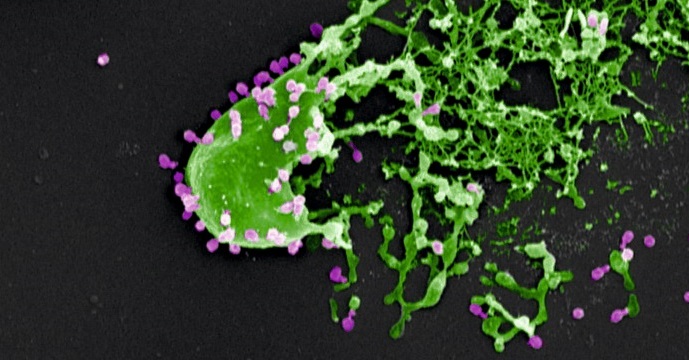What are Bacteriophages?
Bacteriophages, also known as phages, are viruses that infect and replicate within bacteria. They are one of the most abundant life forms on earth, with an estimated total population of 1031 phage particles. Each phage consists of a protein capsule enclosing its genome, which is usually double-stranded DNA or RNA. Phages infect bacteria by attaching to specific receptors on the bacterial cell surface and then injecting their genome inside. The host cell’s machinery is then hijacked and used to produce new phage particles which eventually burst out of the bacterial cell. Phages only infect bacterial hosts and cannot infect human or animal cells as they lack the necessary receptors.
History of Bacteriophage Therapy
The concept of using phages to treat bacterial infections was proposed in the early 20th century, concurrent with their discovery by British bacteriologist Frederick Twort and French-Canadian microbiologist Felix d’Hérelle. However, with the development of broad-spectrum antibiotics in the 1940s, phage therapy fell out of favor in Western countries. It continued to be extensively researched and used clinically in Eastern Europe and the former Soviet states. Several phage therapy centers were established in Georgia, Poland and Russia where both oral and intravenous phage preparations were administered to treat various infections. Since the 1990s, with the rise of antibiotic resistance, researchers have been renewing interest in this alternative approach.
How Does Bacteriophage Therapy Work?
In phage therapy, Bacteriophages that are specific to the targeted bacterial strain are isolated and purified. These are then administered to the patient intravenously, orally, topically or via inhalation depending on the site of infection. Upon contact with the bacteria, the phages adsorb to receptors on the bacterial cell surface and inject their genome. They hijack the host’s DNA transcription and translation machinery to produce new phage particles. During this lytic viral replication cycle, the bacterial cell is literally disassembled from within by phage-encoded lysins and other enzymes. The resulting phage progeny then go on to infect and destroy other bacteria of the same strain. Within hours, the infection is cleared as the target bacterial population is decimated. The newly formed phages are also harmless to the patient’s tissues and other microbiota.
Advantages of Phage Therapy
Some key advantages that make bacteriophage therapy attractive include:
– Targeted approach: Phages are bacteria-specific so they can kill pathogens without harming the normal microbiota. This minimizes side effects unlike broad-spectrum antibiotics.
– Self-replicating nature: A small initial phage dose is sufficient as the phages multiply at the infection site. This multiplying effect serves to clear the infection.
– Overcomes antibiotic resistance: Phages can effectively target and cure infections caused by multidrug-resistant bacteria since their action does not depend on biochemical modes of resistance.
– Novel mechanisms of action: Phages utilize different mechanisms like binding receptors, DNA injection and enzymatic lysis to kill bacteria. This makes development of phage resistance less likely.
– Environmental safety: Phages are part of the normal ecosystem and readily biodegrade without leaving harmful residues. They pose negligible toxicity risks if administered properly to humans.
– Versatility: Phages can be used systemically or locally depending on the type and site of infection, e.g. via oral, topical, intramuscular or pulmonary delivery routes.
– Potential for combination therapy: Phages could be combined with antibiotics for enhanced therapeutic benefits, to prevent resistance development.
Ongoing Clinical Trials and Future Prospects
Encouraged by promising preclinical results, several clinical studies are currently evaluating the safety and efficacy of phage therapy for treating various infections like infectious diarrhea, otitis, venous leg ulcers, Pseudomonas lung infections, and Staphylococcus infections among others. Some recent landmark clinical trials include:
– A Phase I/II trial at the University of California investigating an oral phage preparation for treating acute bacterial diarrhea. Interim results found it to significantly reduce symptoms within 1-2 days.
– A Phase I trial at Texas A&M University assessing the safety of an inhalable phage cocktail used to decolonize multidrug-resistant Pseudomonas aeruginosa in cystic fibrosis patients. No adverse effects were observed.
While more research is still needed, bacteriophage therapy shows great potential as an alternative or adjunct to our dwindling antibiotic arsenal. With further refinement, optimization of dosing regimens and streamlining of manufacturing processes, phage-based treatments could soon make their way into mainstream clinical practice globally. The future of phage therapy looks very promising indeed.


